Silencer Saturday #401: RXD Suppressors Hands-On: What Ruger Got Right

Good afternoon, everyone, and welcome back to TFB's Silencer Saturday, brought to you by Yankee Hill Machine, manufacturers of the Victra-12 shotgun suppressor. Last time, I covered the RXD collaboration from an industry perspective. This week, I want to talk about what actually happened when I took both suppressors to the range and what surprised me about their performance.
Silencer Saturday @ TFB:
- Silencer Saturday #399: Dead Air's RXD Line - First Look at the Ruger Collaboration
- Silencer Saturday #398: Brownells BRN-180 Gen 3
- Silencer Saturday #397: Silencer Sales Promo Roundup
- Silencer Saturday #396: New Suppressor In Time For Hunting Season?
- Silencer Saturday #395: BOE Mod 1 Silencer
Testing Setup
I had both the RXD30Ti and RXD22Ti for a range session, testing the 30-cal can on a Ruger American Gen 2 Ranch in 300 Blackout and the rimfire suppressor on a Ruger Mark IV. Limited time with my T&E (test and eval) samples meant no extended durability testing to beat them to death, but plenty to see how they actually perform.
Maybe 40 rounds through the RXD30Ti on a Ruger American Gen 2 Ranch in 300 Blackout, higher round count with the RXD22Ti on a Ruger Mark IV using standard velocity 22LR.
RXD30Ti: Load Choice Matters
Started with subsonic 300 Blackout loads. First shot through the RXD30Ti made me stop and check my ears. Sounded like suppressed 22LR - that quiet pop you get from a good rimfire can, not the typical 30-caliber thump.
I've run plenty of titanium hunting suppressors. Most trade suppression for weight savings. The RXD30Ti doesn't play that game. With subsonic loads, it's genuinely quiet. Switched to supersonic 300 Blackout and reality hit. Still hearing safe, nothing special. The difference was huge - really shows this can was built for subsonic work.
The integrated brake mount actually reduces recoil like it's supposed to. Follow-up shots stayed put better than with straight thread suppressors. You get the benefit without adding a separate brake's weight and length.
One thing jumped out during break-in: zero sparks. Most new titanium cans throw sparks for the first hundred rounds as manufacturing crud burns off. The RXD30Ti showed none of that. Either I got lucky or Dead Air cleaned up their finishing process.
RXD22Ti: Small Details Make the Difference
The rimfire can suppressed about what I expected - solid but not earth-shattering compared to other quality 22LR suppressors like my Dead Air Mask HD. Where it impressed me was the XRF quick-attach system.
Most rimfire suppressors come with basic direct-thread mounting. Thread on, shoot, thread off. The XRF system makes swapping between guns actually practical. Locks up positive, releases smooth, no binding during testing.
The mount also catches lead buildup that would otherwise pack your barrel threads. Small detail, but it matters if you actually shoot your rimfire suppressors.
Monocore design will make cleaning easier than multi-baffle rimfire cans. With all the lead and carbon that 22LR produces, anything that cuts maintenance time helps. Like the RXD30Ti, zero sparks during initial use. Whatever Dead Air changed in their titanium process is working.
What Actually Surprised Me
The RXD30Ti's subsonic performance caught me off guard. Most hunting-weight suppressors give up suppression for portability. This one doesn't, at least with subsonic loads.
The XRF mount on the RXD22Ti actually solves a real problem instead of just being different for marketing. Quick-attach rimfire mounts exist, but most companies don't include them.
Both suppressors mounted easily with the included hardware. No hunting for adapters or wondering about thread compatibility. Simple stuff, but it cuts out the research that scares off new suppressor buyers. The price premium makes more sense after using them. You're paying for the complete system approach, not just the suppressor.
Performance Reality Check
Neither suppressor is revolutionary. The RXD30Ti works well with subsonic loads, but nothing spectacular with supersonic ammo. The RXD22Ti suppresses about as well as other quality rimfire cans in its price range. I will admit that my old faithful Mask HD continues to be the quietest rimfire can I have worked with.
What sets them apart is the complete package approach. Everything you need comes in the box and works together properly. Sometimes that's more valuable than chasing marginal performance gains. The collaboration shows in the details. These aren't just Dead Air suppressors with Ruger logos slapped on - they include features that address real complaints about suppressor ownership.
Bottom Line
Testing confirmed this collaboration has substance behind the marketing. The engineering integration is real, the included accessories solve actual problems, and performance meets expectations without overselling.
The RXD30Ti works best with subsonic loads; keep that in mind for hunting applications. The RXD22Ti's included mount system makes it practical for users who swap suppressors between firearms.
Both cost more than basic alternatives, but the complete system approach justifies the premium if you want everything to work together without hunting for components. Range time showed these suppressors succeed by addressing practical concerns instead of chasing performance benchmarks. Sometimes that's exactly what the market needs.
SILENCER SHOP – HANSOHN BROTHERS – DEADEYE GUNS
MAC TACTICAL
ALL YHM PRODUCTS AT BROWNELLS
DEALERS: If you want your link to buy YHM suppressors included in future Silencer Saturday posts, email: silencers@thefirearmblog.com

Staff Writer: TheFirearmBlog & AllOutdoor.com | Certified Gunsmith | Published Author | Firearm History Enthusiast
More by Sam.S












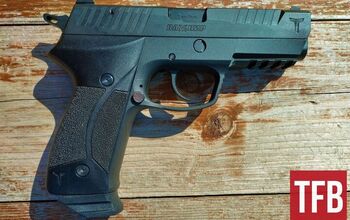
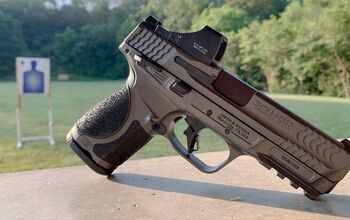
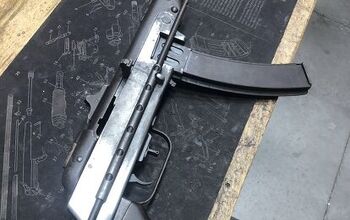
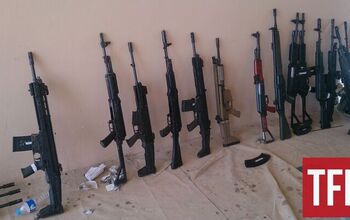
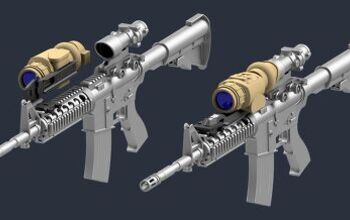
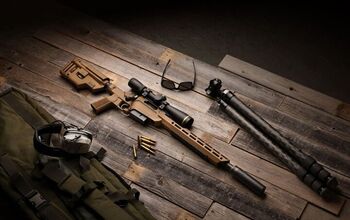
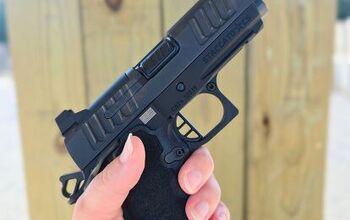



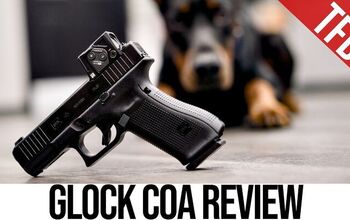
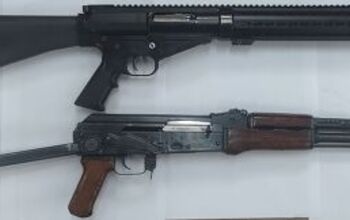

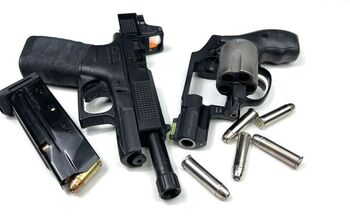

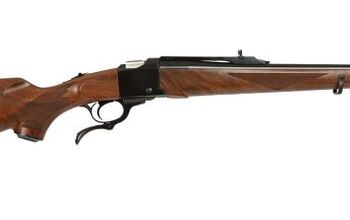
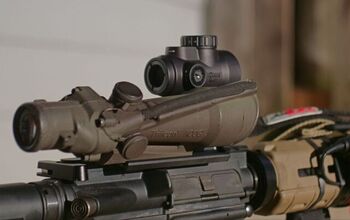
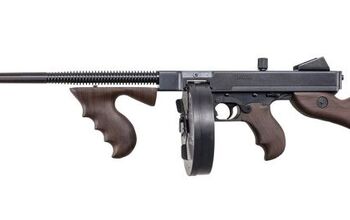
Comments
Join the conversation